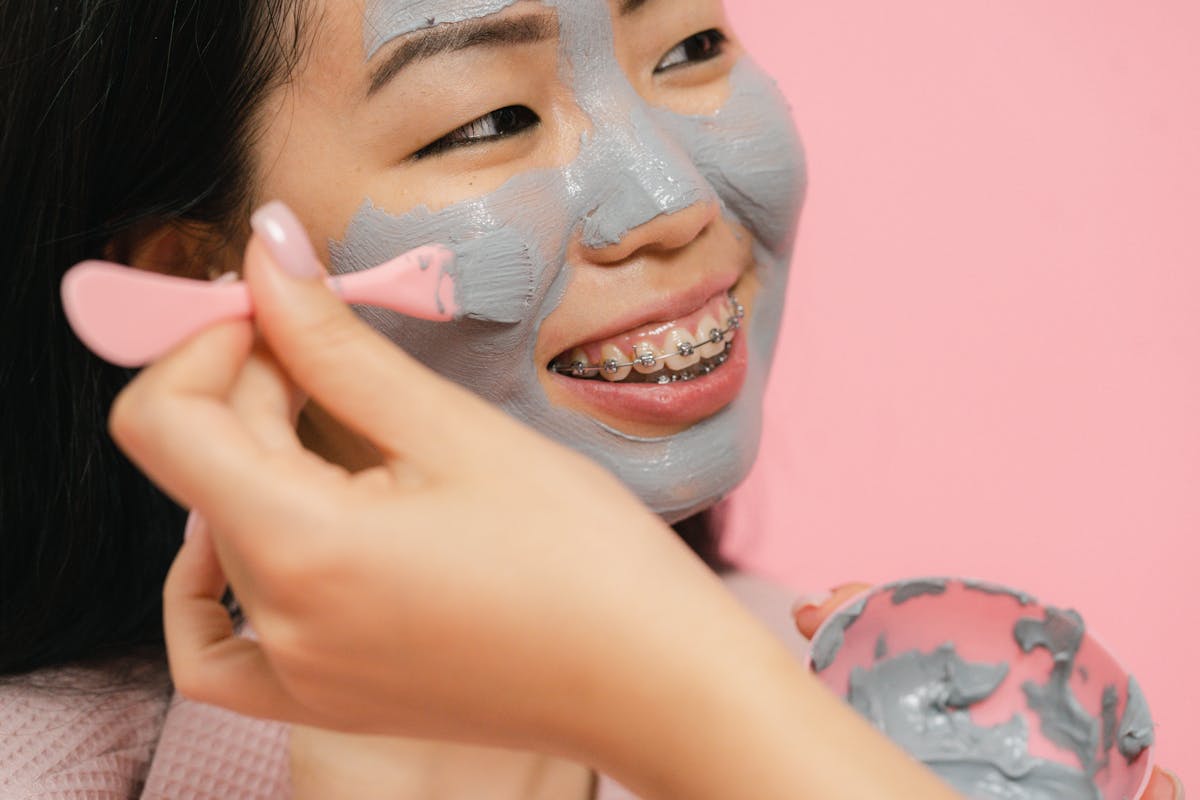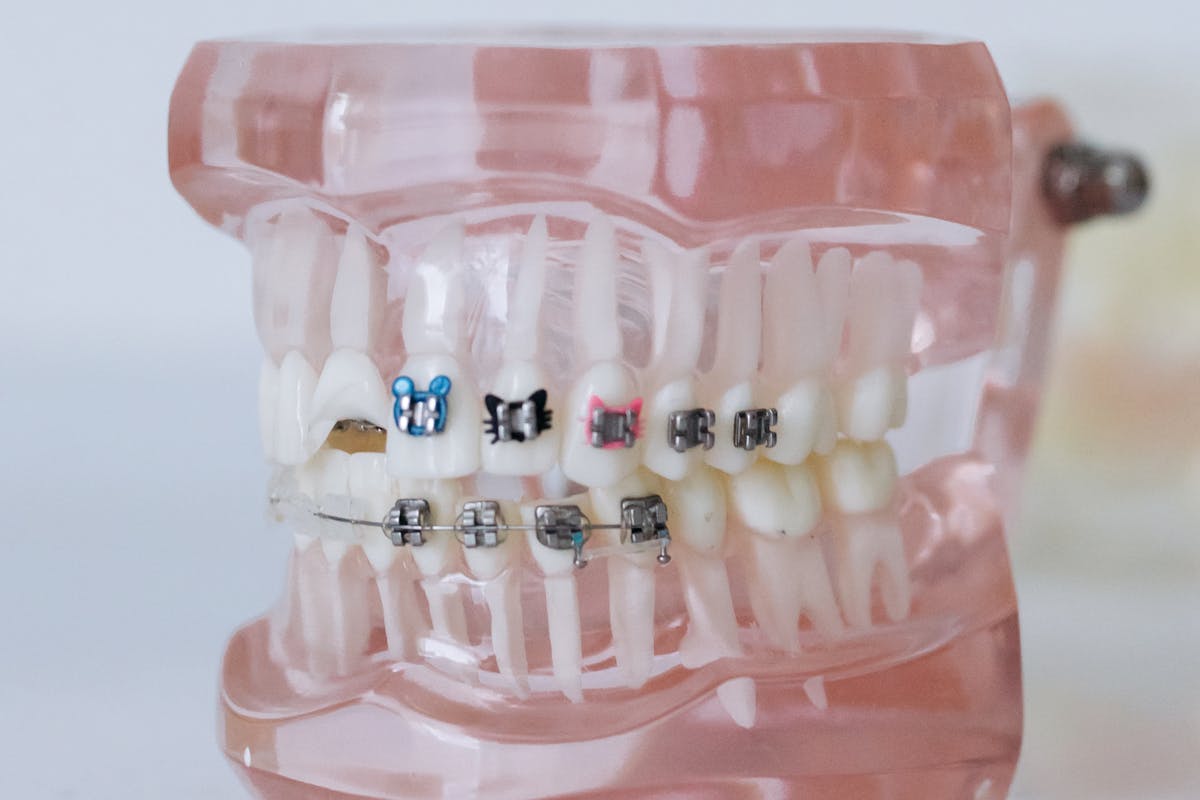- Braces are effective for adults, not just children, with modern options offering discreet treatment.
- Modern braces are designed for comfort, with minimal pain and an easy adjustment period.
- Treatment times for braces have improved, with many cases completed in 18 to 24 months.
- Braces offer health benefits by correcting misaligned teeth, improving oral health, and preventing future complications.
- Properly aligned teeth are easier to clean, reducing the risk of cavities and gum disease.
Braces are one of the most common orthodontic treatments, yet they are surrounded by many myths and misconceptions. Whether due to outdated information or simple misunderstandings, these myths can deter people from seeking the treatment they need or create unnecessary anxiety. If you’re considering braces in Singapore, separating fact from fiction is crucial. This article will debunk some of the most common myths about braces, helping you make an informed decision about your dental health.
Myth 1: Braces Are Only for Children and Teenagers
The Reality of Adult Orthodontics
One of the most pervasive myths is that braces are only suitable for children and teenagers. While it’s true that orthodontic treatment often begins in the teenage years when the mouth and jaw are still growing, braces are equally effective for adults. In fact, more adults are opting for braces now than ever before, thanks to advancements in orthodontic technology and an increased awareness of the importance of oral health.
Adult orthodontics can address issues such as overcrowding, gaps between teeth, and bite problems. The American Association of Orthodontists (AAO) reports that one in three orthodontic patients is an adult, demonstrating that age is no barrier to achieving a healthy, beautiful smile.

Modern Options for Discreet Treatment
Another reason adults hesitate to get braces is their fear of how they will look during treatment. Fortunately, modern orthodontics offers more discreet options than ever before. Clear aligners, ceramic braces, and lingual braces (placed behind the teeth) are all designed to be less noticeable than traditional metal braces.
Clear aligners, such as Invisalign, are particularly popular among adults because they are virtually invisible and can be removed for eating, drinking, and brushing. Ceramic braces use tooth-coloured brackets to blend in with your natural teeth, making them a more aesthetically pleasing option. Lingual braces, on the other hand, are completely hidden from view as they are attached to the back of the teeth.
Myth 2: Braces Are Painful and Uncomfortable
The Evolution of Braces Technology
Another common misconception people hold is how incredibly painful braces are. While there may be some discomfort when braces are first applied or adjusted, this is usually mild and temporary. Advances in orthodontic technology have made modern braces more comfortable than ever.
Today’s braces are smaller, lighter, and made from materials that apply gentle, continuous pressure to move teeth into place. This gradual adjustment process means less pain and discomfort compared to the heavy, forceful adjustments of the past. Orthodontists also provide patients tips and tools, such as orthodontic wax and pain relievers, to manage any initial discomfort.
Adapting to Life with Braces
While there may be an adjustment period as you get used to wearing braces, most people adapt quickly. Eating certain foods might be challenging initially, but you’ll learn how to navigate these changes with time. Soft foods are typically recommended during the initial days after getting braces or after adjustments, and you’ll gradually reintroduce your favourite foods as your mouth becomes accustomed to the braces.
Maintaining good oral hygiene is also essential to prevent any discomfort caused by food particles getting stuck in the braces. Special tools like interdental brushes and water flossers can make cleaning around brackets and wires easier, ensuring your teeth and gums stay healthy throughout your treatment.

Myth 3: Braces Take Years to Work
Treatment Times Have Improved
A common belief is that braces take several years to achieve results. While the duration of treatment varies depending on the case’s complexity, advancements in orthodontics have significantly reduced treatment times for many patients. Many people complete their treatment within 18 to 24 months, and some may see results in as little as six months with accelerated orthodontic techniques. Your orthodontist will provide a personalised treatment plan that outlines the expected duration, and regular check-ups will ensure that your progress stays on track.
Factors That Affect Treatment Duration
Several factors can influence how long you’ll need to wear braces, including the severity of your dental issues, your age, and how well you follow your orthodontist’s instructions. For instance, wearing elastics as directed and avoiding foods that could damage your braces can help keep your treatment on schedule.
Another factor to consider is the type of braces you choose. For example, clear aligners might have a different treatment timeline compared to traditional braces. Your orthodontist will discuss all these factors with you to set realistic expectations for your treatment duration.
Myth 4: Braces Are Just for Cosmetic Reasons
The Health Benefits of Braces
Many people believe that braces are only for improving the appearance of their teeth, but the benefits go far beyond cosmetics. Braces can correct a wide range of dental problems that, if left untreated, could lead to more serious health issues. For instance, misaligned teeth can cause problems with chewing and digestion, speech difficulties, and even chronic headaches or jaw pain due to improper bite alignment. By correcting these issues, braces can improve your overall oral health and prevent future complications.
Long-Term Impacts on Oral Health
Properly aligned teeth are easier to clean, which means a lower risk of cavities, gum disease, and other oral health problems. When teeth are spaced too far apart or crowded, it’s more challenging to floss and brush effectively, leading to plaque buildup and an increased risk of decay. By straightening your teeth, braces help ensure that your mouth stays healthy in the long term. This preventive aspect of orthodontic treatment is just as important as the aesthetic improvements, making braces a wise investment in your overall health.
Braces are a highly effective orthodontic treatment with benefits beyond cosmetics. By dispelling common myths, we can better understand the true value of braces and make informed decisions about our dental health. Whether you’re considering braces in Singapore or elsewhere, it’s important to consult with a qualified orthodontist who can guide you through the process and address any concerns you may have. Remember, it’s never too late to achieve the smile you’ve always wanted, and with today’s advancements, braces are more comfortable, effective, and accessible than ever before.
